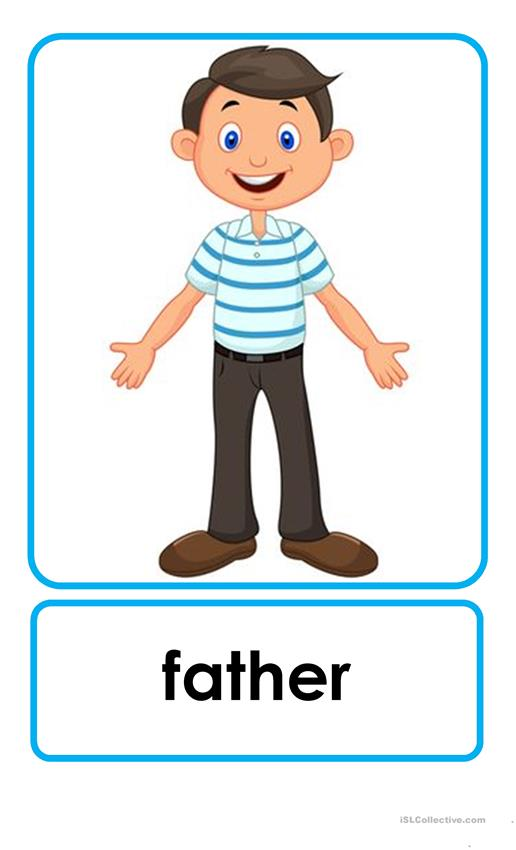How can i help my shy child
Is Your Child Struggling to Form Connections? Here Are Some Tips to Help Them
Written by Lilianna Hogan
It's completely natural for a child to feel shy. It's not uncommon for children to feel as though they are on display, to shy away from meeting new people, or to feel more comfortable watching from the sidelines rather than be in the middle of the action. However, there are ways you can support your child and help with their anxiety.
What Does Shyness Look Like in Children?
It's common for children to feel nervous in new situations or around new people. Unfortunately, our society often praises more outgoing personalities over introverted ones, and this can put pressure on children as they go through natural stages of development. In more naturally introverted children, this can cause feelings of self-consciousness.
Despite all this, shyness can be associated with the following benefits for children:
- Achieving academic excellence
- Listening and better following rules
- Being a great listener
Some signs that your child’s shyness might be severely impacting them and that they may need help coping with it include:
- Decreased social skills or involvement in socialization
- Fewer friends
- Less participation in enriching activities such as sports, dance, drama, or music
- Feelings of isolation, loneliness, unimportance, and self-consciousness
- Unnecessary stress over the opinions of others leading to a lessened ability for your child to reach their full potential
- Extreme anxiety
- Physical affectations like blushing, stammering, and trembling
Causes of Shyness
While each case is unique, some possible causes of your child’s shyness could be:
- Genetics.
Certain genes can affect a child's disposition and personality.
- Personality. Some people are naturally more sensitive and prone to intimidation from external circumstances than others. This could be true of your child.
- Learned behavior. Children often learn how to behave by watching their parents. If you are shy, you might be teaching your child to be shy.
- Family relationships. Sometimes, children who do not feel secure in their family or with the adults in their life become shy. Parents who are overbearing or overprotective can also instill shyness or fear in their children.
- Lack of social interaction. Children who are deprived of human interaction in the crucial first few years of their development may be shy.
- Intense criticism. Children who are teased, bullied, or otherwise criticized by important figures like parents, teachers, or friends tend to be shy.

- Fear of failure. Children who feel like they've failed or who have been continuously pushed beyond their limits can present as shy.
How to Help Your Child with Their Shyness
While shyness is a natural stage in development that your child will most likely grow out of, there are ways you can support them. Some things you can do to help them include:
- Never label your child as shy. If your child knows they're shy, they may start to criticize themselves when they exhibit shy behavior. The idea that shyness is bad or that it means there's something wrong with your child will only make them feel shyer.
- Accept your child. Never make fun of your child for being shy. Instead, make an effort to let them know you accept and love them as they are.
- Try to understand. Ask your child about their shyness. Try to understand their fears or hesitations about showing the world who they are.
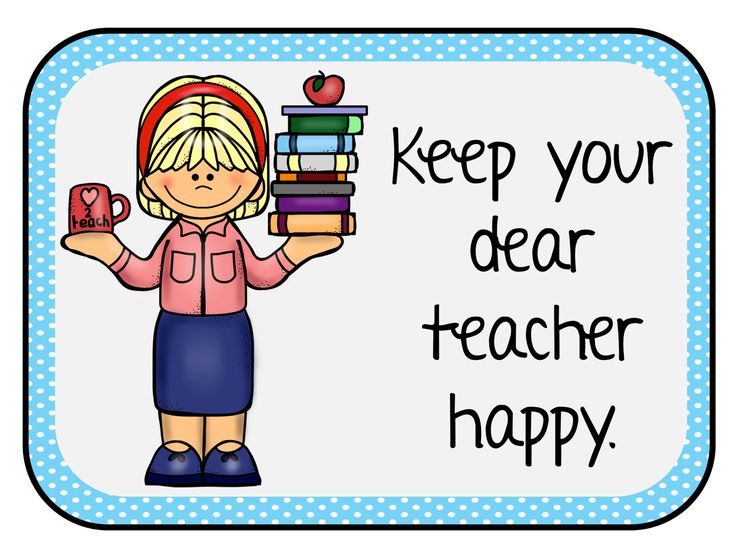
- Let your child know you relate to them. Tell your child about times that you felt shy. Talk to them about how you felt better. Children look up to their parents, and knowing that you overcame your anxiety will give them an immense sense of strength and empowerment.
- Model confident behavior. There is no better way for your child to learn how to act than by watching you model it.
- Talk about the benefits of being outgoing. Share stories of how being outgoing has helped you in your life. Talk about behaviors you would like your child to adopt. Praise your child when they model these behaviors.
- Goal set. Set benchmarks for your child to hit to make them more comfortable socializing. Be sure to make the goals small and achievable. They could be as small as saying hello to one person each day.
- Expose your child to new things. Try to show your child new things and expose them to new experiences.
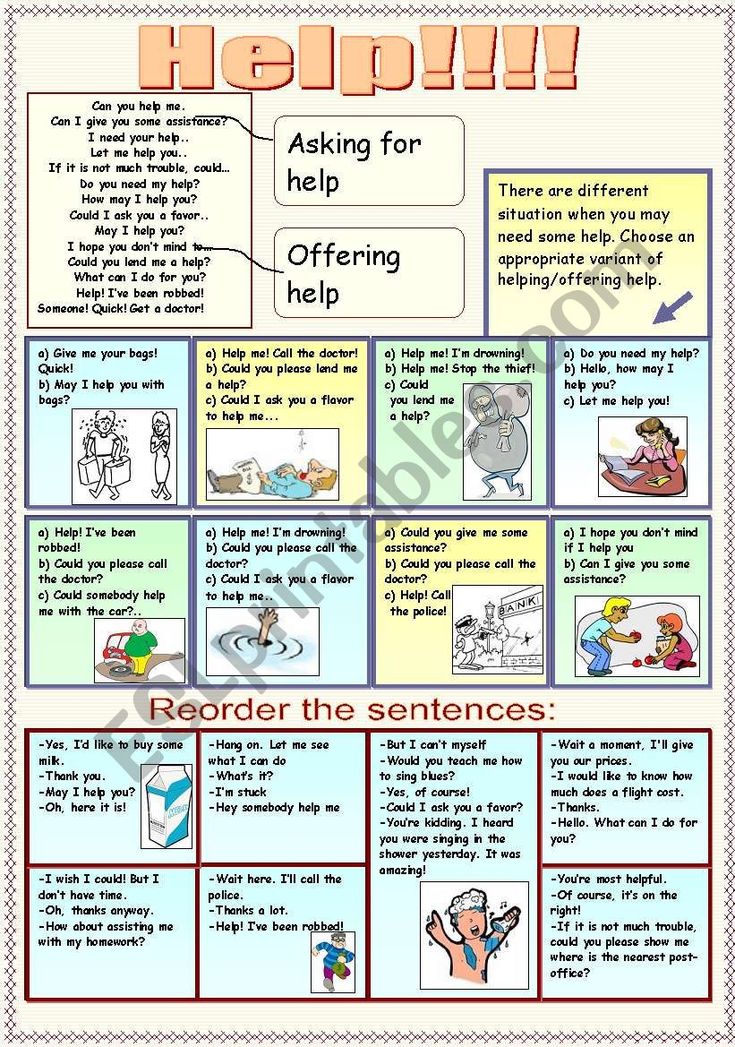 Be supportive if they exhibit more extroverted characteristics over time.
Be supportive if they exhibit more extroverted characteristics over time. - Make sure your child can do things they're good at. If your child can engage with activities they love and are good at, they can derive a great sense of purpose and confidence. Praise them when they are good at something and provide them with opportunities to do those things. By participating in activities they enjoy, they might even have an easier time connecting with children with similar interests.
10 Tips to help your extremely shy child
03 Oct 10 Tips to help your extremely shy child
Posted at 23:09h in Social-Emotional Skills by Susan Light
Many young children are naturally shy when experiencing new situations. But what do you do if you have an extremely shy child? What if shyness prevents her from interacting with—and having fun with—other children? What if being very shy prevents her from participating in activities at preschool or kindergarten?
Understanding ShynessShyness is a developmentally normal and common characteristic among young children. It’s a natural response to what may seem like a scary or overwhelming situation. But shyness is difficult to address because it’s a mixture of emotions. Shyness can include fear, tension, apprehension, and anxiety.
It’s a natural response to what may seem like a scary or overwhelming situation. But shyness is difficult to address because it’s a mixture of emotions. Shyness can include fear, tension, apprehension, and anxiety.
Different levels of shyness can occur throughout a child’s development, according to early childhood experts. For example, infants are naturally fearful of new adults. And at age 4 or 5, children can develop self-conscious shyness, or the fear of embarrassment.
Usually, shyness gradually goes away as children grow older and experience a variety of new situations. But the child with extreme shyness may take a lot longer to warm up to people or situations. She might need your help to overcome her shyness.
How do I know if my child has extreme shyness?A very shy child might show a combination of the following behaviors when in an unfamiliar place or situation:
- He rarely speaks voluntarily.
- He doesn’t respond when an adult or peer asks him a question.

- She follows directions but doesn’t respond verbally to them.
- When she does speak, she usually speaks in a very soft, quiet voice.
- He turns away when he’s spoken to by others and makes little or no eye contact.
- He often looks at the ground.
- She watches other children play, but doesn’t join in.
- She looks tense, distracted, or worried.
- He might refuse to enter a new place without a parent.
As a parent or caregiver, you can gently encourage your child to become more outgoing. Keep in mind that your child isn’t being shy out of stubbornness, so she shouldn’t be punished for shy behavior. Instead, consider dealing with shyness as any other learning process, such as learning to read. The key is to be patient, gentle, and understanding with your child as you boost her confidence.
Here are 10 tips for helping your extremely shy child:- Don’t label your child as “shy.” When you label your child as “shy,” you’re doing two things.
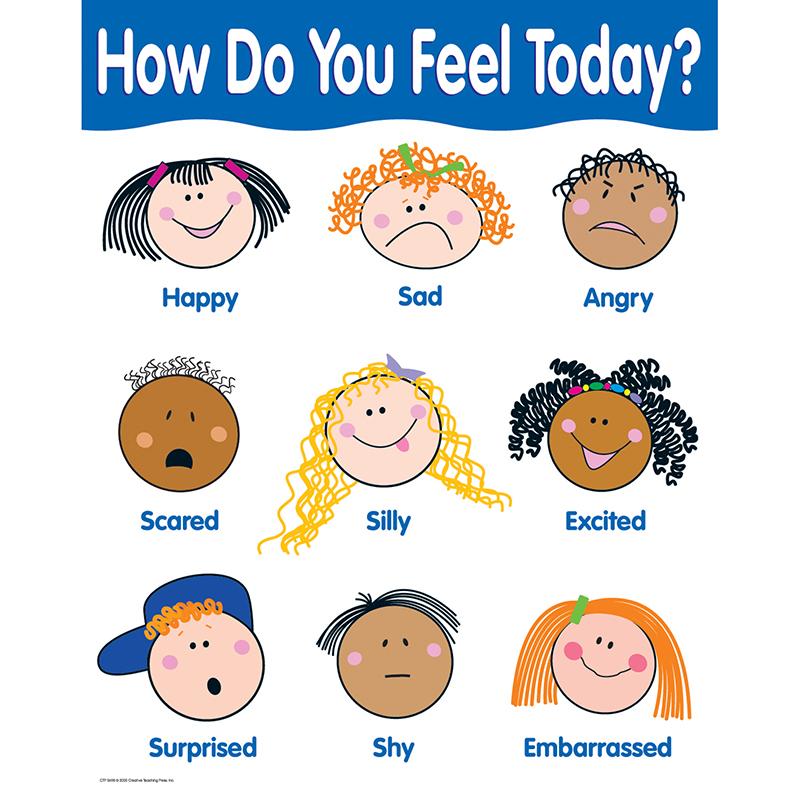 First, you’re stripping him of his many other qualities and allowing the label to define his personality. Second, you’re encouraging him to view himself as “shy.” This can cause him to act out the “shy” role without making an effort to change. Instead of labeling, try to describe your child’s behavior in ways that don’t include the word “shy.” For example, you can say, “Sam just needs some time to get used to new situations” or “He likes to observe what is happening around him before joining in.”
First, you’re stripping him of his many other qualities and allowing the label to define his personality. Second, you’re encouraging him to view himself as “shy.” This can cause him to act out the “shy” role without making an effort to change. Instead of labeling, try to describe your child’s behavior in ways that don’t include the word “shy.” For example, you can say, “Sam just needs some time to get used to new situations” or “He likes to observe what is happening around him before joining in.”
- Teach her social skills. You can teach your child many social skills that can help her overcome shyness. You can teach her how to:
- meet new people
- greet others
- initiate conversations
- join in play
- make eye contact
- be a good listener
- You can use puppets, action figures, or dolls to role-play different situations. Teach her how to use specific phrases, such as “Hi, my name is Maria,” and “Can I play too?”
- Explain the benefits of being more outgoing.
 Chances are, you were once a very shy child. Or, you may still be shy in certain situations. A predisposition to shyness has been linked to genetics, although this trait can be overcome. If this is the case, give a personal example of a time when you overcame shyness. Explain why that experience was good for you. Discuss the good things that will come from acting more outgoing. These things can include making new friends, having more fun, and enjoying school more.
Chances are, you were once a very shy child. Or, you may still be shy in certain situations. A predisposition to shyness has been linked to genetics, although this trait can be overcome. If this is the case, give a personal example of a time when you overcame shyness. Explain why that experience was good for you. Discuss the good things that will come from acting more outgoing. These things can include making new friends, having more fun, and enjoying school more.
- Help your child meet and make friends. Try to expose your child to new children and settings. But do this gradually. For example, you might visit a park where the same children play on a regular basis. Don’t force him to interact with unfamiliar children right away. Be sure to give him plenty of time to warm up. Arrange play dates for him at home, where he feels comfortable and safe. During first interactions, give your child the words he needs to talk with new friends.
 You can do this in many different ways, but here are a few options:
You can do this in many different ways, but here are a few options:
- Prompt him directly, such as, “Tell Mia that you would like to help too,” or “Ask Will what game he would like to play.”
- Speak to both children to encourage conversation. For example, you might say, “Ella, I know you like to paint. Anna is a great painter, too.”
- Speak to the other child and then ask your child a question about the conversation. For example, you might say to the other child, “Quaid, I like your dinosaur shoes.” Then to your child, “Do you like his shoes? Don’t you like dinosaurs too? What’s your favorite dinosaur?”
- Set goals and reward progress. Work with your child to set behavior goals and track his progress. Start small and gradually build. For example, one manageable goal might be to say hello to a neighbor. When your child reaches the goal, mark it on a progress chart. Offer lots of praise or a small treat as a reward.

- Praise outgoing behavior. Reinforce the new social skills your child is learning. When you see her attempting to overcome shyness, praise her with lots of warmth and affection. Be careful not to do this in public if your child is likely to be embarrassed. Instead, tell her how well she has done in private.
- Model outgoing behavior. Your child learns how to act in large part by watching you. So, be sure to act friendly toward others in front of your child. This might be difficult if you have struggled to overcome extreme shyness yourself. But keep in mind that your child is likely to imitate your actions. If you act shy in front of him, then he will have a more difficult time overcoming his own shyness.
- Build your child’s self esteem. Children who feel good about themselves are less likely to be shy. Identify your child’s strengths and build on them.
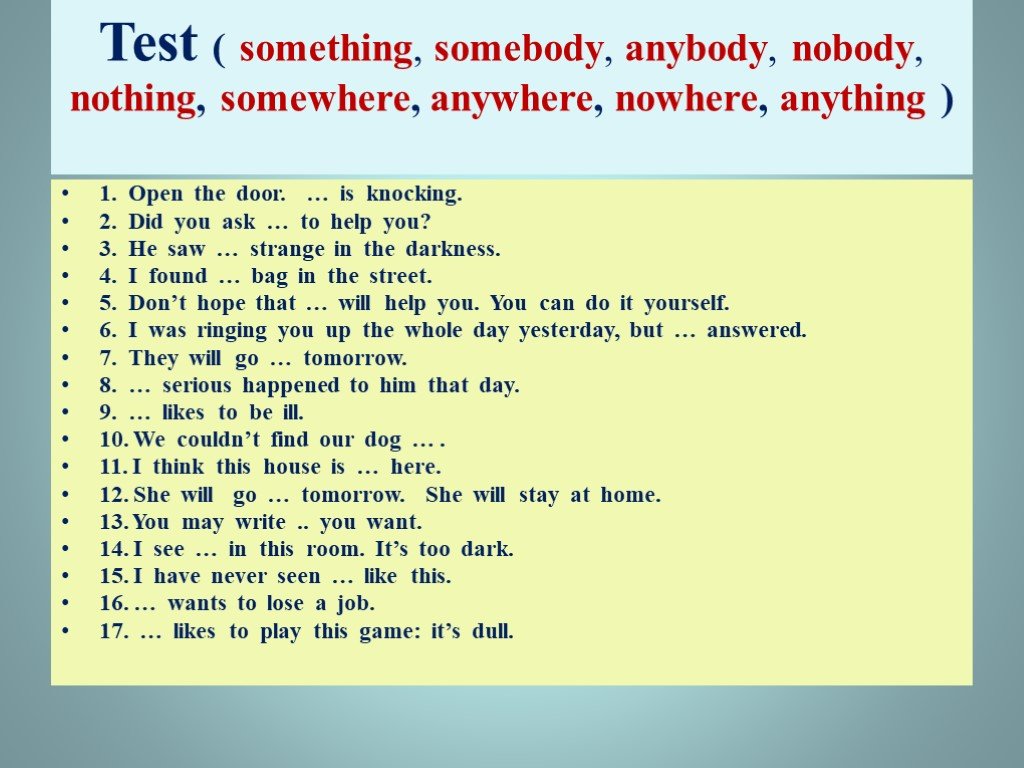 Is he creative? Is she athletic? Encouraging these skills will allow your child to see himself as a talented and capable individual. This sense of confidence can help him become braver in social situations.
Is he creative? Is she athletic? Encouraging these skills will allow your child to see himself as a talented and capable individual. This sense of confidence can help him become braver in social situations.
- Use books! Read books with your child that feature characters who have overcome extreme shyness. Use the stories as a starting point for discussions about shyness and how it affects her life. Here are some suggestions:
- Buster the Very Shy Dog by Lisze Bechtold. Three stories feature Buster, a dog who tries to overcome his shyness in the midst of some bossy animals.
- Maya’s Voice by Wen-Wen Cheng. Maya has just started school, but she cannot find her voice. Children who have selective mutism or just don’t enjoy talking will especially identify with Maya.
- Too Shy for Show-and-Tell by Beth Bracken. Sam wants to participate in show-and-tell at school, but he is just too scared.
 Children who hate to be the center of attention will understand Sam’s dilemma.
Children who hate to be the center of attention will understand Sam’s dilemma. - Shy by Deborah Freedman. Shy hides inside the gutter of the book because he is too shy to come out. But then he hears a beautiful bird and can’t wait to meet her. The clever concept of an unseen character will captivate children, along with the beautiful watercolor illustrations.
- Little Miss Shy by Roger Hargreaves. Little Miss Shy is invited to a party, but she is too scared to go. But she learns that when she overcomes her shyness, she can actually have more fun.
- Communicate with teachers. If your child attends preschool or kindergarten, team up with the teachers. Create a plan together for helping your child overcome his shyness. Talk frequently about the strategies you’re using at home. Work together to set goals for your child. With a consistent approach both at home and at school, you can increase the results of your efforts.

Does your child have extreme shyness? How have you helped him or her? Add your suggestions in the Comments section below. We’d love to share them with other parents of extremely shy children!
Susan Light
[email protected]
Susan Light is a mom, a grandmother, a journalist, and an educational expert. She is a senior editor at Rainbow Educational Concepts, and she blogs regularly for Dilly’s Tree House. Susan focuses on research-based topics for parents of preschoolers and ways to help young children get ready for kindergarten.
How to overcome a child's shyness and insecurity
Shy children are similar to each other - they are indecisive, insecure, have difficulties in learning and communication. How often does it happen that, knowing the correct answer to a question, the child is perplexedly silent, and when he goes to the blackboard, he is covered with red spots and experiences panic fear. The situation escalates in the senior school age, when a teenager has to choose a profession and form a successful career. To prevent children's indecision from becoming a serious psychological problem, it is very important to know how to help a child overcome shyness.
The situation escalates in the senior school age, when a teenager has to choose a profession and form a successful career. To prevent children's indecision from becoming a serious psychological problem, it is very important to know how to help a child overcome shyness.
Causes of shyness in children
Of paramount importance in overcoming child shyness is the determination of its root cause and provoking factors. Possible reasons include:
- difficult family relationships;
- fear of failure;
- psychological trauma;
- personal characteristics of character;
- Borrowed behavior.
Only an experienced psychologist can determine the real cause of the problem. If your child experiences anxiety and difficulties in communication, difficulties in adapting to school and kindergarten, you can get professional psychological advice at the Rostum Academy educational center. Qualified specialists will help you build harmonious relationships in the family and tell you how to overcome the shyness and insecurity of the child .
How to save a child from shyness: advice for parents
The main task of parents who are faced with the problem of child shyness is to help the student become self-confident, raise his self-esteem and develop a positive self-perception. What can parents do in such a situation?
- Encourage communication and don't scold shyness. Praise the child in those situations when he was able to master himself in an unfamiliar environment or met a new friend. Encourage him to talk more. And never scold for fear.
- Consciously create new situations. Invite guests to your home more often, encourage your child to participate in contests and competitions, enroll him in the sports section.
- Never single out shyness as a negative trait. On the contrary, in communicating with other people, try to emphasize the delicacy, restraint of your own child.
- Give the children a pet (such as a dog). Daily walks with a four-legged friend will expand the horizons of your children and contribute to new acquaintances.
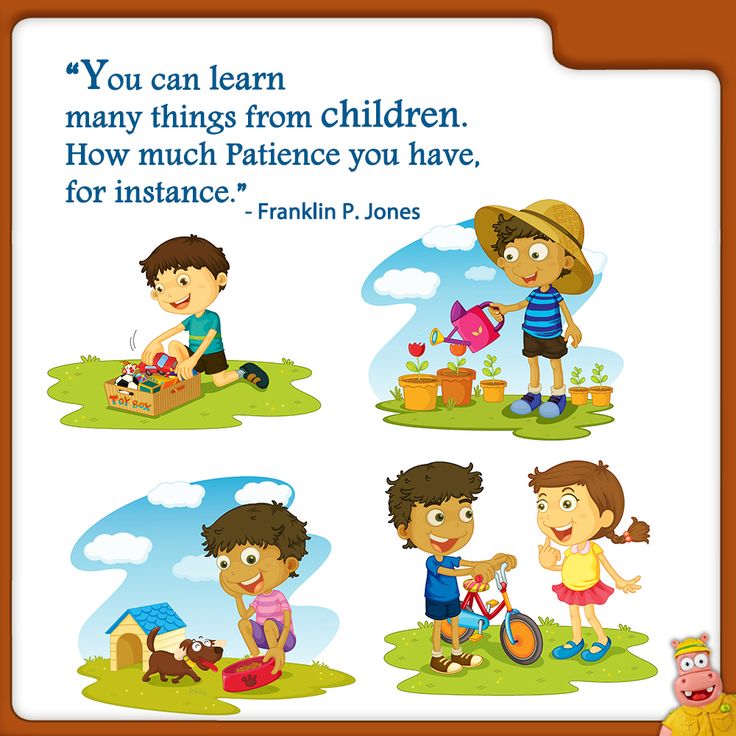
These recommendations will be especially effective for children of primary school age. However, in the case of adolescent shyness, a different approach is required. At the age of 13–15, each person undergoes a reassessment of internal values. And it often happens that many teenagers negatively evaluate their own "I", considering themselves uninteresting and insignificant to others. In this situation, it is very important for parents to support the child and show the value of his opinion.
Games and exercises to overcome childhood shyness
There are many games and exercises that can help your child get rid of shyness.
- Exercise "If only I were bolder" - take turns with the child to make arguments in favor of courage and self-confidence by modeling various situations. Depending on the simulated situations, the exercise can be used both for younger students and for teenagers.
- Game "Live illustration" (for children 5-12 years old) - the parent reads out a poem (story, fairy tale), inviting the child to illustrate the heard emotions with facial expressions and gestures.
 Agnia Barto's poems, filled with childhood experiences and subtle humor, are best suited for such a game.
Agnia Barto's poems, filled with childhood experiences and subtle humor, are best suited for such a game. - Exercise “Who has more reasons” (5–12 years old) — participants in the game choose a statement (for example, “reading is useful because ...”) and take turns giving arguments for its correctness. It is best to choose life situations for such an exercise and play together.
When do you need professional help?
If a student cannot get rid of shyness on his own, and it becomes especially debilitating, it is necessary to seek professional help. Psychological consultations, relaxation programs, stress management and trainings on the topic "How to overcome a child's shyness" will be useful for shy children.
Special training "I'm sure" was also developed by the Rostum Academy. It is conducted using effective methods (testing, role-playing, group discussions) and is focused on overcoming various manifestations of insecurity, shyness and shyness.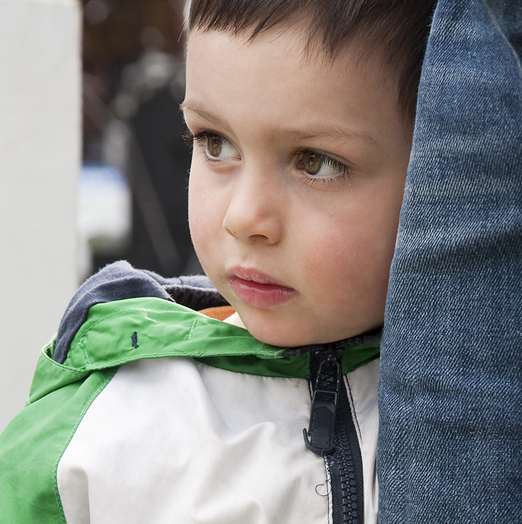 Also, the Rostum Academy offers courses to prepare children for school and has developed a number of useful training programs for young pupils.
Also, the Rostum Academy offers courses to prepare children for school and has developed a number of useful training programs for young pupils.
Now you know how to overcome your child's shyness, and you can develop a strategy for developing communication skills and overcoming his self-doubt. As soon as your child gets rid of painful shyness, a whole world of bright colors and impressions will open up for him, he will study better, and in the future he will become a successful person! Believe in him and help you become more confident and brave.
Shy child: what to do and how to help him
Young children experience shyness even in a safe environment, according to their parents. A shy person - and even more so a child - is too sensitive to rejection by other people. He prefers to remain in the shadows, not to show himself. The American social psychologist Philip Zimbardo compares this personality trait with voluntary deprivation of liberty. He dedicated the book "The Shy Child", which he co-authored with Shirley Radle, to the phenomenon of shyness.
Causes of shyness
There is a hypothesis that shyness is a trait that is inherited. But it is quite difficult to accurately identify the factors that influence the formation of a shy personality. It can only be stated with certainty that if parents do not teach their children to easily communicate and get to know different people by their example, the children will grow up shy.
Other triggers for shyness:
1. The development of skills and abilities that a child often cannot master at a young age (for example, reading at two years old) cause dissatisfaction of parents, and the child withdraws into himself and perceives the love of loved ones as a merit for good behavior.
2. Inability to behave in different situations at a too early age, when adults simply did not teach and explain how and where it is customary to start a conversation, causes a strong fear of any contact in a child prone to shyness.
3. Control and excessive discipline when the child is simply not given the right to vote.
4. Too different upbringing of girls and boys, when the child does not understand how to communicate with people of the opposite sex.
Shyness at preschool age
The environment in which the shy child is located has a bad effect on his emotional state. The task of parents is to teach him to adjust the world to his own needs instead of passively accepting the negative influence from contacts. Once on his TV show, American journalist Phil Donahue conducted an experiment. Two shy strangers were seated on adjacent chairs facing the auditorium. They were uncomfortable, it was impossible to establish contact, their eyes wandered fearfully around the hall. Everything changed when the strangers' chairs were turned away from the crowd and placed opposite each other. It became noticeably easier for these two to be in the TV studio, and they were able to start getting to know each other.
Parents can help even the most timid child. Try to have him communicate with strangers
If guests or a repairman are to come, prepare your child in advance: tell about the purpose of the visit, what the person will do at your house.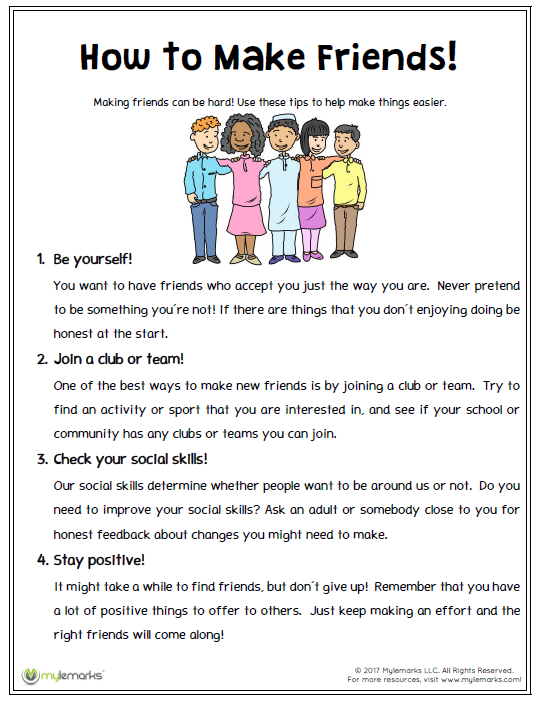 And with the guests who have come, you should not discuss shy behavior, exposing timidity as a disadvantage.
And with the guests who have come, you should not discuss shy behavior, exposing timidity as a disadvantage.
Create situations where the child will have the opportunity to communicate with peers. For example, in a kindergarten, on a playground or in a dance studio. Do not interfere with the way the child meets other children. Try not to dress your shy child in clothes that may be very different from those accepted in the peer group. Support his need to be alone sometimes, but do not specifically isolate him from society. The beginning of friendship in a familiar home environment is much easier for such children.
Zimbardo insists on active physical development. Confidence in one's own body, developed physical endurance and dexterity help the child feel comfortable and make friends with peers easier. Zimbardo argues that “a child who has an idea of his own physical capabilities, can reasonably judge what he is capable of and what he is not, he will never go crazy. <…> Willingness to take risks characterizes leaders and people who are successful in business. ”
”
Caregivers exacerbate shyness by perceiving the “goodness” of girls and boys as a positive quality. Active children who are not afraid to show themselves, on the contrary, deserve the censure of adults. But it is also worth understanding that the negative attitude of a significant adult to a calm character makes a reasonable child downtrodden and timid.
How to develop sociability
From an early age, tell your child stories in which reality is intertwined with fantasy. Their main character should be your child. Let the story begin in some familiar place, but embellish reality. Behind the high mountains that no eagle can fly over, beyond the wide seas in which white sharks and sirens swim, lies the city ... Let other family members become participants in the fairy tale, just change their names slightly. A big trouble should happen in the story, which your strong, courageous, quick-witted and beautiful child will eventually solve. Co-writing such stories helps the child to believe in himself, teaches him to be the center of attention and not be afraid to act.
The second way to develop sociability is when a shy child plays with a younger child. This is proved by an experiment conducted by psychologists at the University of Minnesota. Scientists have come to the conclusion that playing with small children allows a timid child to show and realize his leadership qualities.
Shyness at school
Even self-confident and sociable children depend on the school environment and the teacher's attitude towards them. Shy children need to understand that they are no different from the other guys in the group. Not every teacher knows that it is necessary to pay attention to such children in the right way: to talk about everyday topics, but not touch those that can cause embarrassment. If shyness affects learning, it is better to make contact with such a child after school hours. For example, ask him for help after class.
It is necessary in a calm environment to assure him that he can ask questions about his studies without being afraid. In children's groups, where the competitive element is reduced to a minimum, and help and attention to each other are in the first place, usually there are no problems even for very timid schoolchildren.
In children's groups, where the competitive element is reduced to a minimum, and help and attention to each other are in the first place, usually there are no problems even for very timid schoolchildren.
No matter how wise your child’s teacher may be, with the beginning of studies, shyness (if any) becomes the dominant personality trait
how it will be approved by the teacher. Today, school is the place where a lot is demanded of children, criticized for mistakes. The main disadvantage here is that the child behaves like a child. Very often for a first grader, such an environment becomes a shock. Sometimes teachers try to re-educate the quiet and do it in the worst possible way.
Zimbardo criticizes school arrangements. He claims that the school is determined to produce passive and obedient citizens. The attention of children from the natural state of "here and now" is constantly directed to an uncertain future, for the sake of which one must study well.
A shy child already thinks too much about the consequences of his actions. His slight anxiety quickly develops into fear and anxiety, it is hard for such a child to enjoy the moment. The pleasure of learning is replaced by a system of external rewards for completing someone else's task on someone else's terms, which in no way contributes to the formation of an objective and prosperous attitude towards oneself in the child.
His slight anxiety quickly develops into fear and anxiety, it is hard for such a child to enjoy the moment. The pleasure of learning is replaced by a system of external rewards for completing someone else's task on someone else's terms, which in no way contributes to the formation of an objective and prosperous attitude towards oneself in the child.
For success in school, parents must always be on the side of the child. Do not use the word "shy" in a conversation with a teacher, but call your child calm, reasonable, attentive. Never agree with the label "lagging behind" and even more so "backward". And always remember that the teacher can make mistakes.
Shy teenager
Shyness can make adolescence the worst period in life. Popularity in school is more important than grades, and it is the lack of popularity that makes the shy teenager suffer even more. Girls are especially subject to suffering, from whom amazing beauty is demanded from an early age. And if a girl does not look like the ideal accepted in the school company, she is in a state of constant dissatisfaction with herself and irritation. Shy teenagers are twice as likely to start drinking and smoking than their more confident peers. They consider alcohol and drugs a means of getting rid of their own timidity.
And if a girl does not look like the ideal accepted in the school company, she is in a state of constant dissatisfaction with herself and irritation. Shy teenagers are twice as likely to start drinking and smoking than their more confident peers. They consider alcohol and drugs a means of getting rid of their own timidity.
Parents can help a teenager, but this will require patience. Your child today can be affectionate and accommodating, and tomorrow forget all persuasions and promises. Zimbardo talks in detail about the problems that affect a teenager. At the same time, adults may not even suspect that unfashionable trousers or slight skin rashes can make him unhappy. And if in elementary school you closely monitored the behavior of everyone who surrounds your child, then in the senior school, reduce control to a minimum.
At the end of the book, Zimbardo, among other things, refers to grown-up boys and girls. He tells how you can understand and solve their problem in seven steps, and also gives specific recommendations for communication.